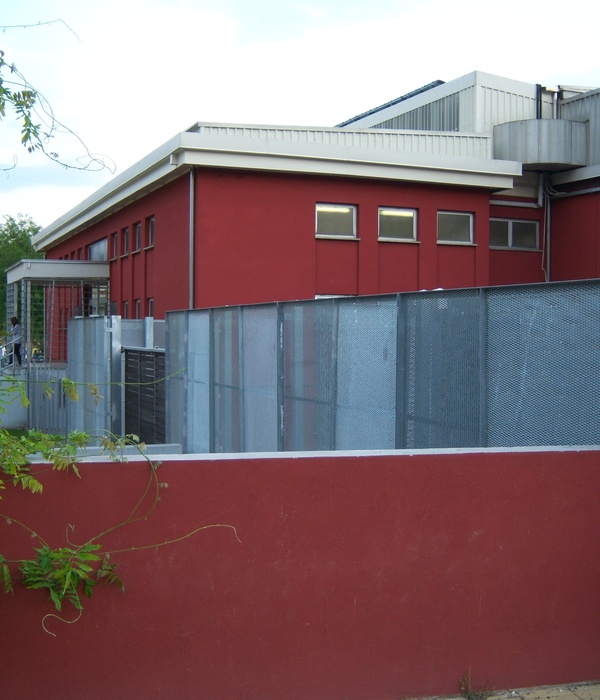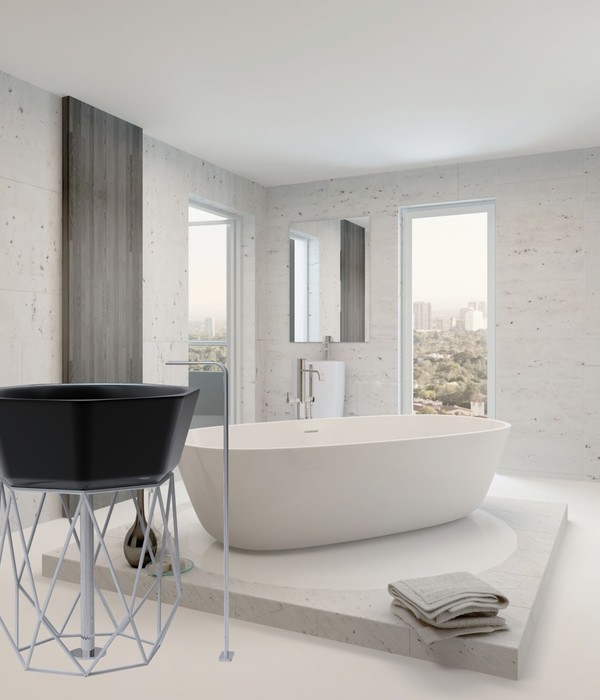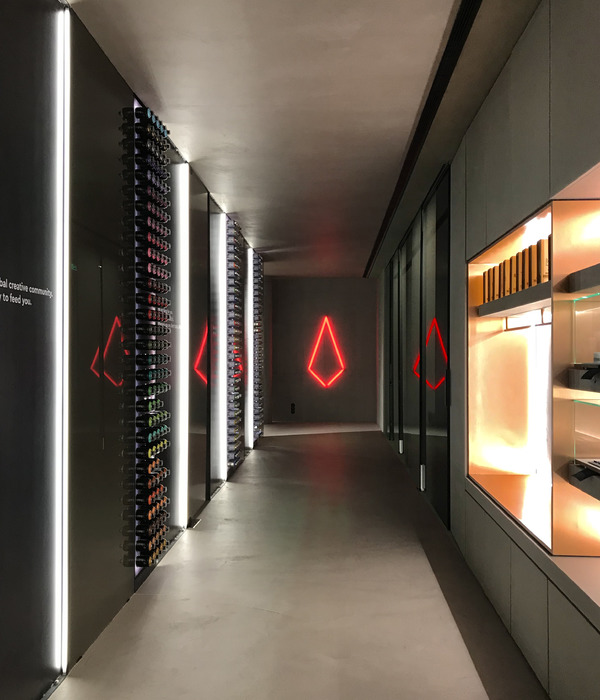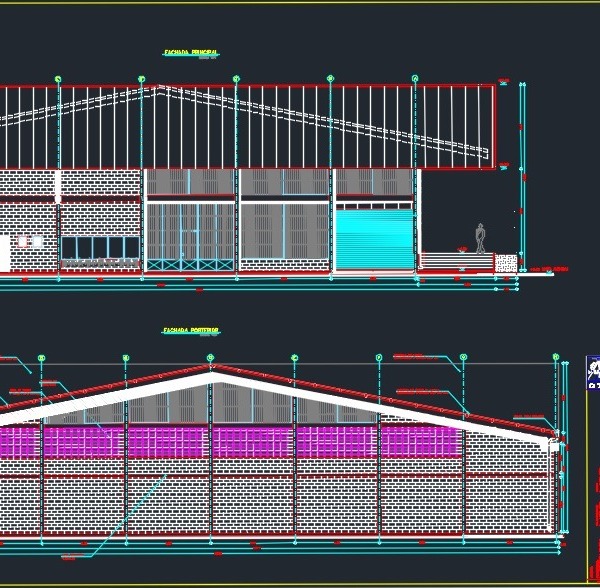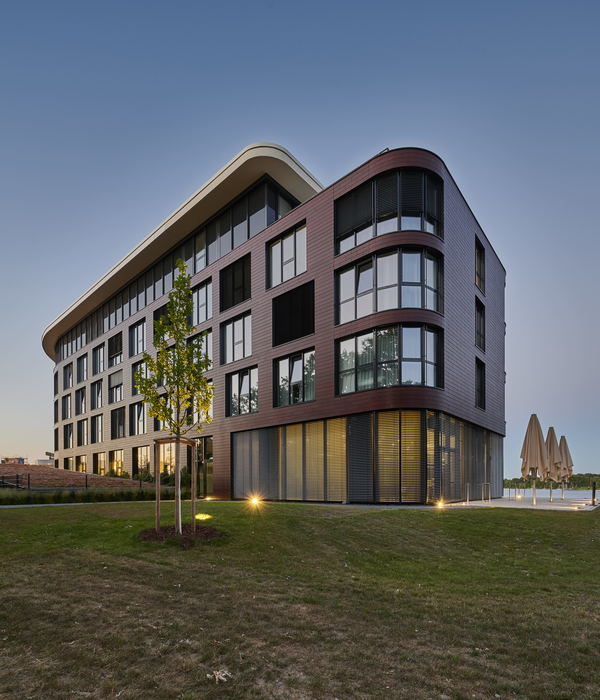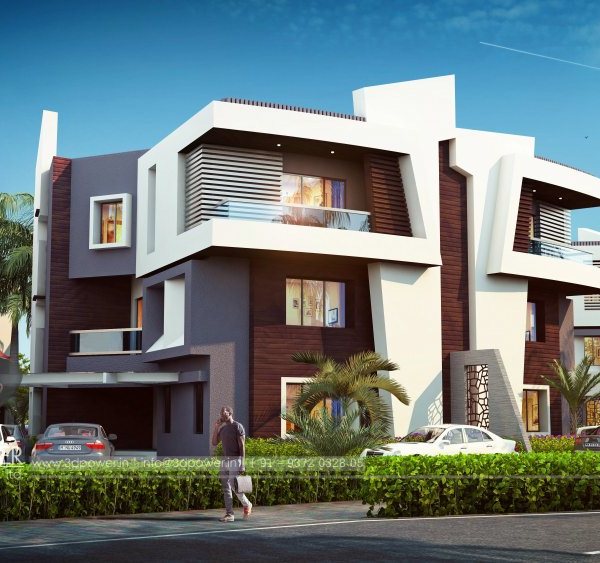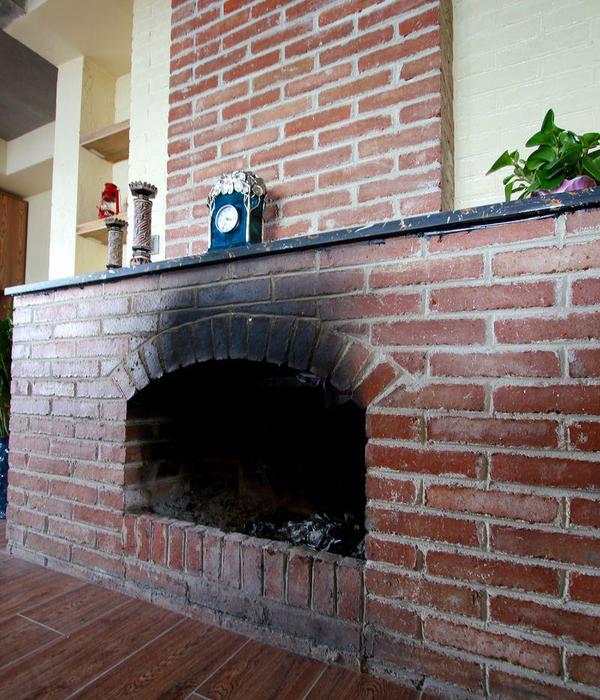From a functional and constructive perspective, the building is divided into two parts: a lower section with a single leaf wall built of pumice blocks, providing high thermal insulation, and a reinforced concrete ceiling as well as a taller hall built of prefabricated reinforced concrete elements with a trapezoidal sheet roof. The hall-like, taller section, which provides more than half of the floor area, accommodates the large analytical laboratory with modern laboratory facilities; unlike in conventional cell laboratories, this laboratory type impresses with shorts walking distances and a high level of transparency. It is true: the function of the building – a highly technological analytical laboratory for the sewage institute – and the triangular shape of the site don’t seem to be compatible at first sight. However, with the innovative concept of arranging the laboratory benches in rows, the planners were able to break away from the typical internal division of a laboratory and, in a second step, achieve a higher flexibility both in terms of zoning and the basic building shape. In the end, this led to a new laboratory building, which owing to its aesthetic shape, its exceptional façade and the optimal working procedures in the interiors already ranks among the pilot projects in laboratory construction. On 7 October 2016, the building was officially inaugurated after a construction period of approximately 14 months.
{{item.text_origin}}

